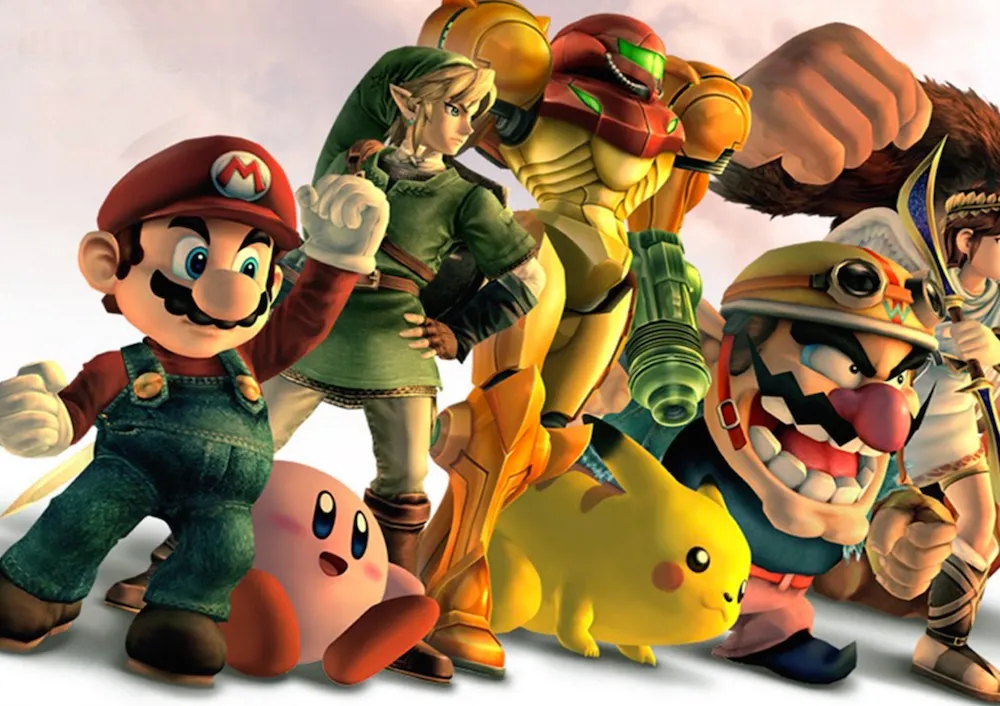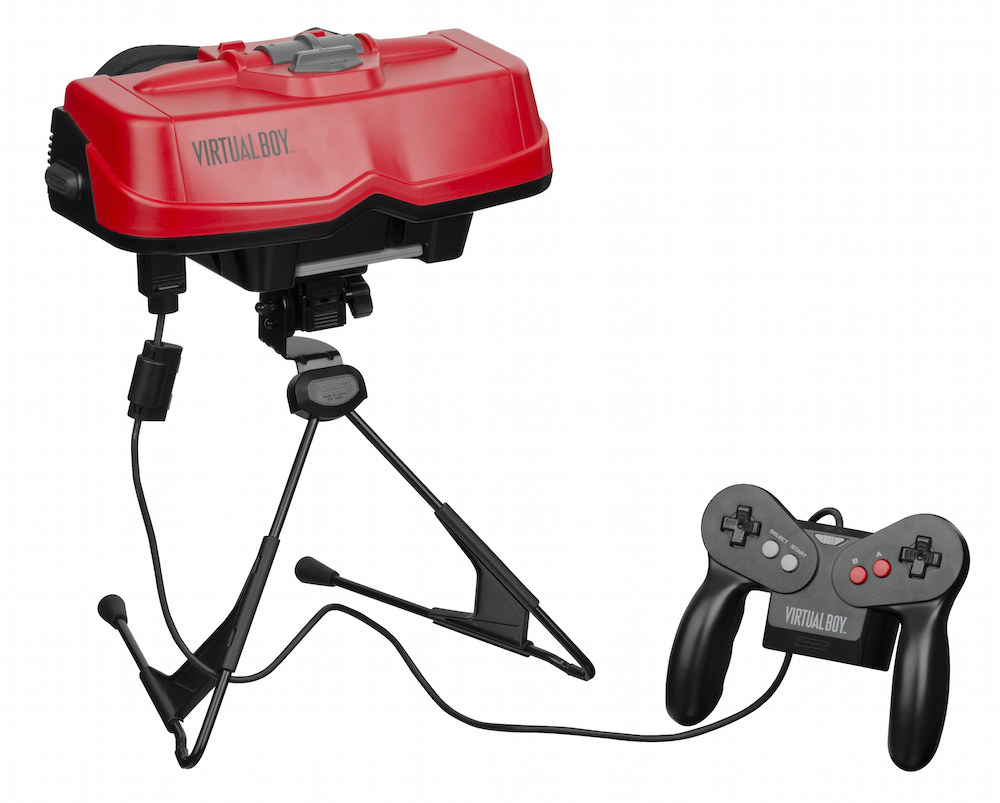On Tuesday morning, recently instated Nintendo President Tatsumi Kimishima took on the difficult task of remaining positive despite his company’s 36 percent drop in profits during the last quarter. During a briefing, the successor to the beloved and recently deceased Satoru Iwata chose to focus on the gaming icon’s future innovations rather than addressing the Wii U-shaped weight hanging around the company’s neck. These innovations include the long overdue beginning of Nintendo’s mobile gaming initiative as well as the expression of a – somewhat surprising – interest in VR.
Nintendo’s sudden interest in VR was revealed via tweet by Serkan Toto, CEO of the Tokyo-based gaming consultancy Katan Games.
So Nintendo (at the briefing) just said no change in plans for the smartphone app roll out. Says they "are looking" at VR – with no details.
— Dr. Serkan Toto / Kantan Games Inc. (@serkantoto) February 2, 2016
No concrete details were added to clarify this new attitude, but it comes as a surprise considering Nintendo’s somewhat controversial history with the virtual reality scene. Last year at E3, Nintendo of America’s president Reggie Fils-Aime issued a quote during an interview with Polygon that echoed throughout the VR world.
“We have knowledge of the technical space, and we’ve been experimenting with this for a long, long time,” said Fils-Aime. “What we believe is that, in order for this technology to move forward, you need to make it fun and you need to make it social…I haven’t walked the floor, so I can’t say in terms of what’s on the floor today, but at least based on what I’ve seen to date, it’s not fun, and it’s not social. It’s just tech.”
This is quite a different stance from the open-minded attitude expressed during Kimishima’s briefing and the reason for this juxtaposition is more than likely monetary. The Nintendo Fils-Aime represented during E3 last June was a very different company from the one Kimishima controls today.
In June 2015 Nintendo was still riding high on a 33 percent rise in share price following the March announcement of its mobile gaming ambitions. It also had a much more established, respected and trusted President in Satoru Iwata. That Nintendo was in more of a position wait for an emerging technology to mature. The Nintendo that exists today, however, is not.
Nintendo needs a boost, and fast. The company’s flagship Wii U console is underperforming in sales and its bread-and-butter 3DS handheld is starting to stagnate as well. Nintendo optimists discovered some hope when the new “NX” console was revealed in early 2015, but the system is still a complete mystery and may not be ready soon enough to plug the leaks in Nintendo’s bow.
Nintendo’s reticence to participate in VR could also be related to the disastrous saga of the Virtual Boy. The Virtual Boy was a failed system released by Nintendo in 1995 that comprised a controller and a stationary headset. However, unlike the Rift, the Virtual Boy’s technology was intentionally low budget and too early to be truly compelling, showing images in only shades of black and red.
The system was both a critical and commercial failure – selling only 770,000 units according to a report by Goldman Sachs. The embarrassing experience undoubtedly left a significant bruise on the Japanese company’s ego that made it unwilling to revisit the technology and remind the world of this failure.
Nintendo ignored the phone gaming market and was content to watch it evolve into a revenue-generating juggernaut for the industry before getting involved. Even though they are now only months away from involving themselves in that market with mobile titles like Pokemon Go!, it’s a decision that comes many years, and many millions of potential dollars, too late.
It seems the company might not be repeating that mistake when it comes to VR. Kimishima’s open-minded statement about the space is indicative of both his company’s desperation, and VR’s emerging status as the new land of opportunity for technology companies in 2016.



























